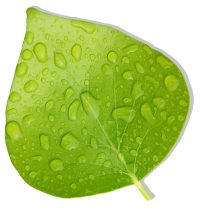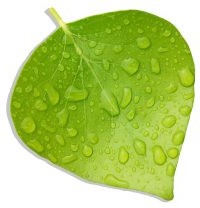Lady Bugs
by Jacki
(Grand Forks, B.C.)
Ladybug Beetle
These little red black spotted beetles are well known, but did you know it's the larvae that create havoc amongst pest populations?
The adults eat a few as they look around for a good burgeoning group of
aphids
or other pests to lay their eggs amongst.
The larvae look nothing at all like the adults; they resemble tiny charcoal grey alligators, and busily chomp away on the pests.
The eggs of the ladybug are bright yellow, so if you have an infestation on your garden plants, check to see if the ladybugs have got there first.
The eggs are laid in a cluster, generally three to six or seven together, and I've seen as many as three larvae on a plant, so I imagine that the first ones to hatch out get the good stuff, and the later ones have to try and locate another population to predate.
It's a good idea to let some of your weeds grow undisturbed in a quiet corner of your garden - I know, the domesticated gene rebels against leaving weeds, but these are some of the best fodder for many beneficial insects, including syrphid flies, wasps and many other predators. They need nectar and pollen to complete their life cycle, not just pests to eat.
Join in and write your own page! It's easy to do. How? Simply click here to return to Garden Bugs .

